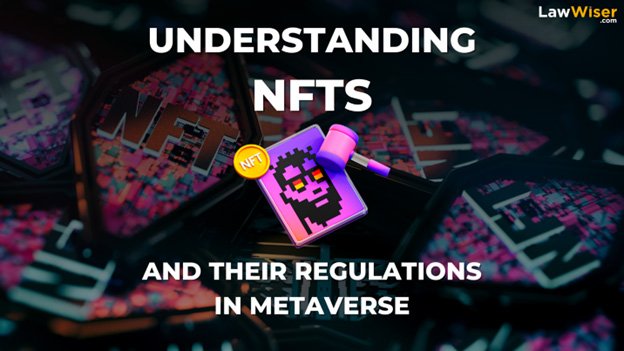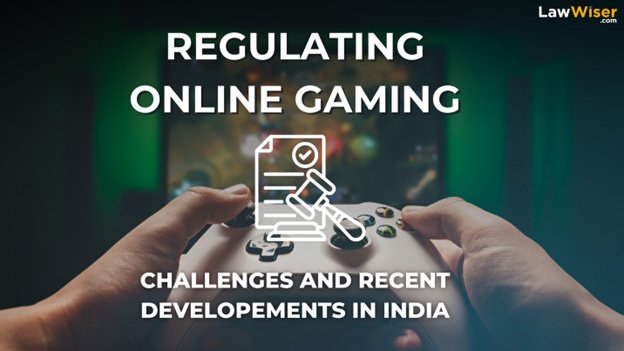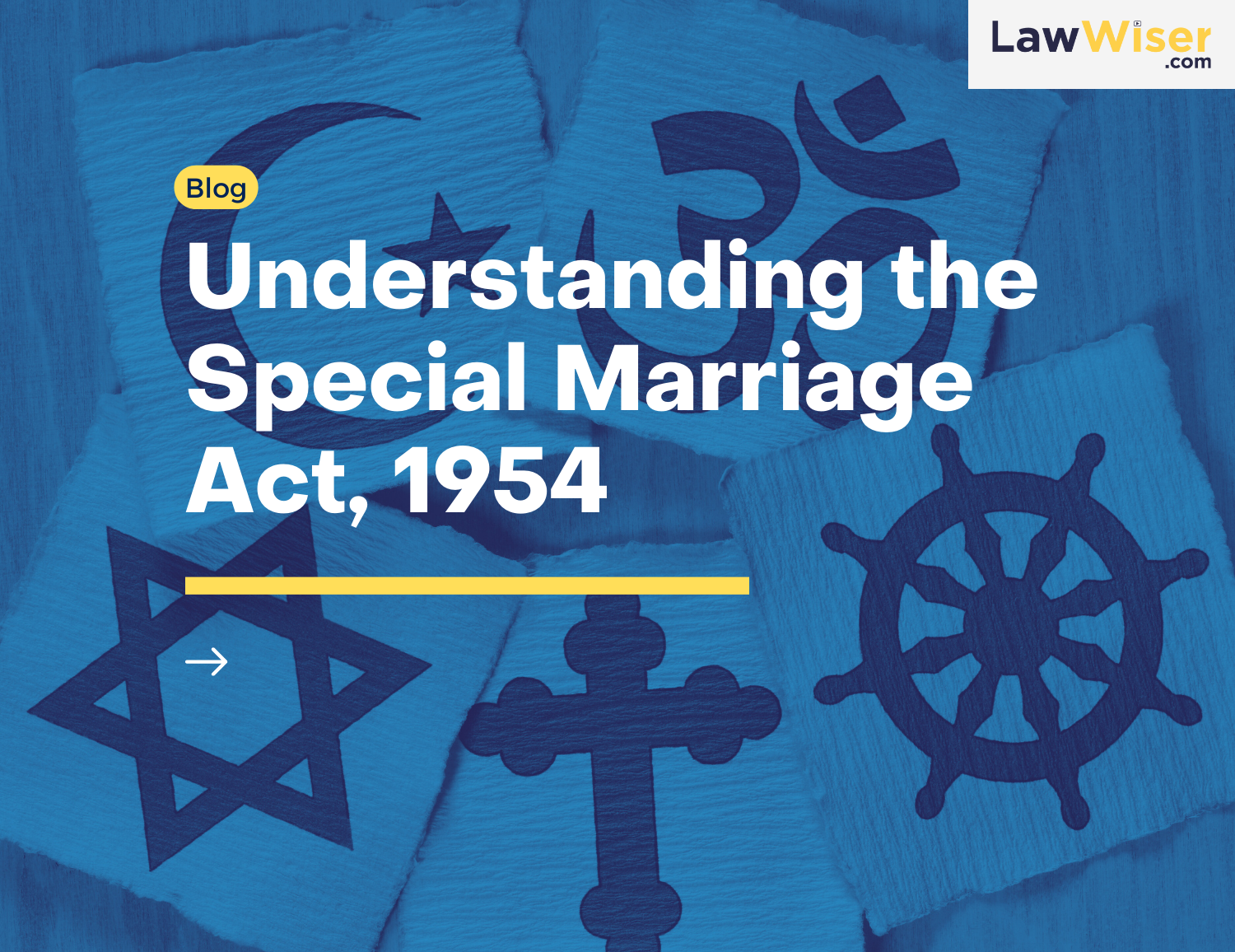Art before NFTs
Before the introduction of Non-Fungible Tokens (“NFTs”), art was generally purchased and sold in physical forms such as paintings, sculptures, and prints. Physical paperwork, such as a certificate of authenticity or a bill of sale, was used to prove ownership of a work of art. Art was sold and traded in digital formats with the onset of the digital age, but the ownership and authenticity of digital art were more difficult to authenticate until the introduction of NFTs. Through blockchain technology, NFTs enable the unique identification and ownership verification of digital art, providing a new degree of validity and value to digital art.
What are NFTs?
NFTs are one-of-a-kind digital assets that cannot be replaced by a comparable item, such as cash. They act as ownership certificates for virtual or physical items such as artworks. They address the issue of digital replication by registering ownership on a secure, decentralized blockchain ledger that cannot be hacked or manipulated. Through smart contracts that automate commission payments, the blockchain also promotes equitable payment to the artist.
Minting and Tokenization of NFTs
The process of minting is a crucial step in the creation of NFTs. It involves the conversion of a digital file into a unique and verifiable asset that can be bought and sold on digital marketplaces. To mint an NFT, the digital file is embedded into a blockchain ledger, which adds a layer of security and decentralization to the asset’s owner. This process gives the NFT its distinct identity, making it a verifiable document of ownership. The most widely used blockchain for NFT transactions is Ethereum, but other blockchains, such as Polygon, are increasingly being utilized. The process of creating and trading NFTs is known as tokenization.
Gas Fee for NFTs
To commence the transaction and publish the artwork as an NFT, the artist must pay a transaction cost known as the gas fee. Artists should be aware that the transfer of the NFT will very certainly result in a transfer of ownership, but the copyright in the underlying artwork will remain with the artist.
Application of Blockchain
The artist is granted a slew of exclusive rights under copyright law, including the right to redistribute, develop derivatives, distribute copies, perform publicly, display, and more. NFT collectors have the right to sell, trade, and transfer the NFT but not to use the underlying artwork. Before entering the NFT realm, artists should carefully evaluate their rights and duties, and ensure they completely understand the process and terms of NFT minting. Now, let’s look at what the Metaverse is and how it relates to NFTs.
What is Metaverse?
The metaverse is a 3D universe accessible via virtual reality technology. Users can connect as avatars in this virtual world and participate in a variety of activities, such as attending concerts, working out, and playing sports, without having to travel or utilize physical resources. Several firms are developing various metaverse platforms, each with its own set of network protocols, all to enable more overlap between physical and digital life.
NFTs in Metaverse
NFTs play an important function in the metaverse. For example, they can be used to buy and sell unique digital artworks in the metaverse, such as in a virtual art exhibition. NFTs also serves as proof of ownership for digital assets in the metaverse, such as virtual land in “Decentraland.” In some circumstances, NFTs can provide access to elite digital communities as well as special privileges and prizes. For example, the “Board Ape Yacht Club” and “Crypto Punks” collections are NFT collections that give chosen individuals access to password-protected information and offline events.
Overall, the metaverse is an exciting development in the digital world, with the ability to construct wholly diverse and unique universes. Some companies are even producing metaverse duplicates of the actual world, where users may buy virtual assets such as their own homes or iconic structures.
Final Words
Before minting an NFT art piece, it is important to evaluate key factors to ensure compliance with copyright laws and avoid infringing on others’ rights. Secondly, the artwork must be original and created by the artist or with proper authorization from other artists involved. The artist must establish ownership of the artwork’s Intellectual Property (“IP”) rights by checking contracts and securing permission for any work from other artists used within the NFT artwork. Thirdly, the terms and conditions of the NFT marketplace where the NFT will be minted must also be understood and followed. Fourthly, once minted, the NFT should not be minted on any other platform, as most marketplaces have the authority to delete or ban the NFT or the artist. Lastly, for commissioned works, proper permission must be secured from the client and the contract should include a clear IP clause defining the rights and responsibilities of both parties.



 November 30, 2023
November 30, 2023







 July 25, 2024
July 25, 2024 0 COMMENTS
0 COMMENTS



